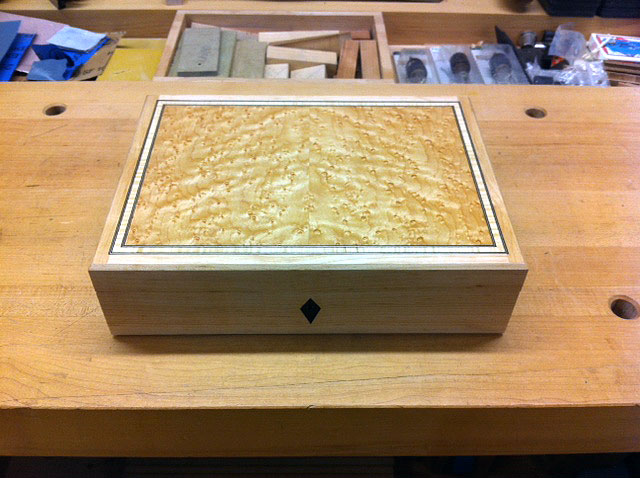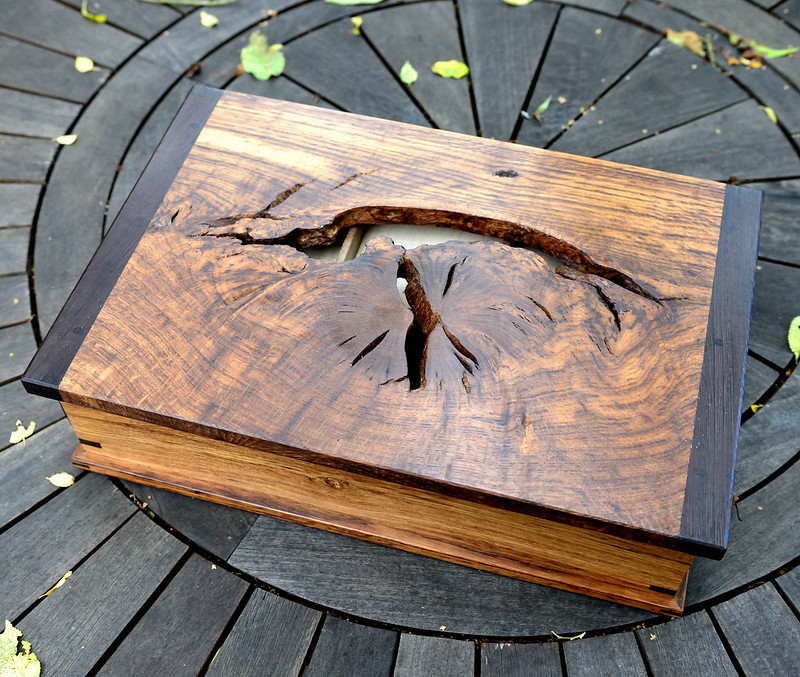[email protected]
New member
Hi guys I'm new here and would appreciate some help . I've been charged with making a high end box from oak with a 10mm thick lid approx 450mm x 300 mms .despite using 4 year old oak which was previously kiln dried the lid warped .. I'm proposing inserting a piece.of t -section into the both edges of the box and gluing in place ..the first test I used expanding PU glue and the lid warped despite the 're-inforcement of a piece of 16mm x 3 mms steel. I feel that because the glue is flexible that it allows the warping . My question is this .. if I use cascamite is it flexible once.set ? .I'm very restricted on what I can do as the lid has to be 10mm thick solid oak made.from. 2 pieces and I can only frame the lid with oak 10mm x 12mm ! Any suggestions gratefully received!







































